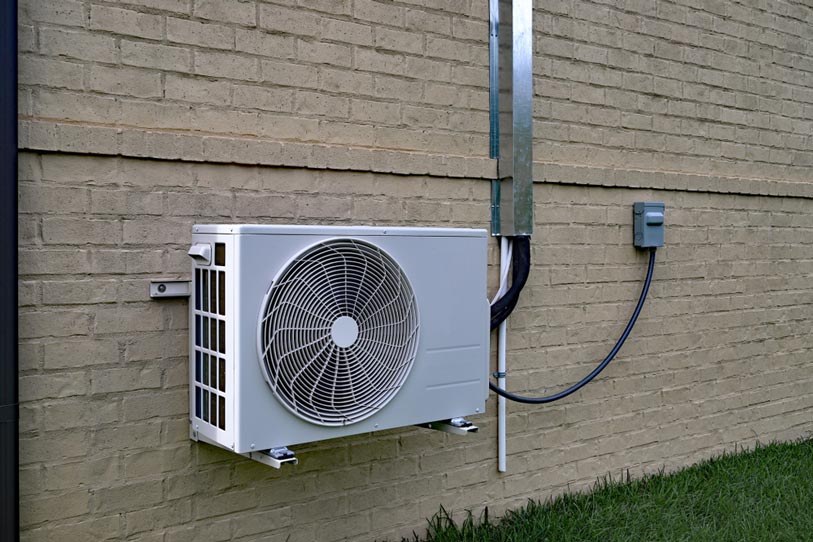Many parts of Australia have relatively extreme climate conditions, so it’s little wonder that a growing number of households are opting to install some form of air conditioning to keep their property at a comfortable temperature all year round. Here we take a look at split system A/C, including a discussion of the benefits it can bring and which homes are best suited to a split system.
What is a Split System Air Conditioner?
As the name suggests, split system air conditioning consists of two different units. One unit, the outdoor unit, uses refrigerant gas to cool air. The air is then transported to the indoor unit, where it is blown into the room. Warm air is pulled back into the interior unit, passing over the evaporator coils in the exterior unit to cool before being blown back into the room. This process is repeated until the air is cooled to the desired temperature.
A particularly useful form of split level A/C is reverse-cycle air conditioning. This can be used to both heat and cool interior air, depending on the time of year and the temperature required. Reverse-cycle A/C is extremely efficient – estimates suggest that for every one unit of power that’s used, between three to six times as much heating or cooling is achieved.
What are the Advantages of a Split System Air Conditioner?
Split system air conditioning has a number of advantages, some of which include:
- Excellent energy efficiency, particularly in comparison with ducted units.
- Extra units can be installed if required without large amounts of additional work being needed.
- The interior units can be positioned to optimise airflow, maximising the effectiveness of the A/C.
- In comparison with ducted A/C, split level A/C can be installed with minimal disruption.
- Relatively cheap to install.
- Quiet, straightforward operation.
- Minimal maintenance is needed to keep split level A/C running smoothly.
Are There any Disadvantages to Split System A/C?
In some cases, a single unit may not be able to cool a larger room. Each unit comes with a recommended area that it can cover – if you have an open-plan property, or have a larger property with high-ceilinged, spacious rooms, it’s worth consulting with a professional to see if the interior units of a split system can be successfully installed.
Split system interior units are comparatively large and obvious (a unit measures somewhere around 970mm x 235mm x 315mm). This means they may not suit some homes, either for aesthetic reasons or because there are obstructions or protrusions at the top of room walls. In these circumstances, if you are prepared to sacrifice energy efficiency and, in some cases, performance, a ducted system may work better.
What Types of Property are Split System Air Conditioners Best for?
Split system A/C works well in almost any property. Particularly suitable for homes where A/C may not be needed in every room, it’s also a good option for small- and medium-sized properties.
Get in touch to find out more about split system air conditioners from the team at Chill-Rite.



